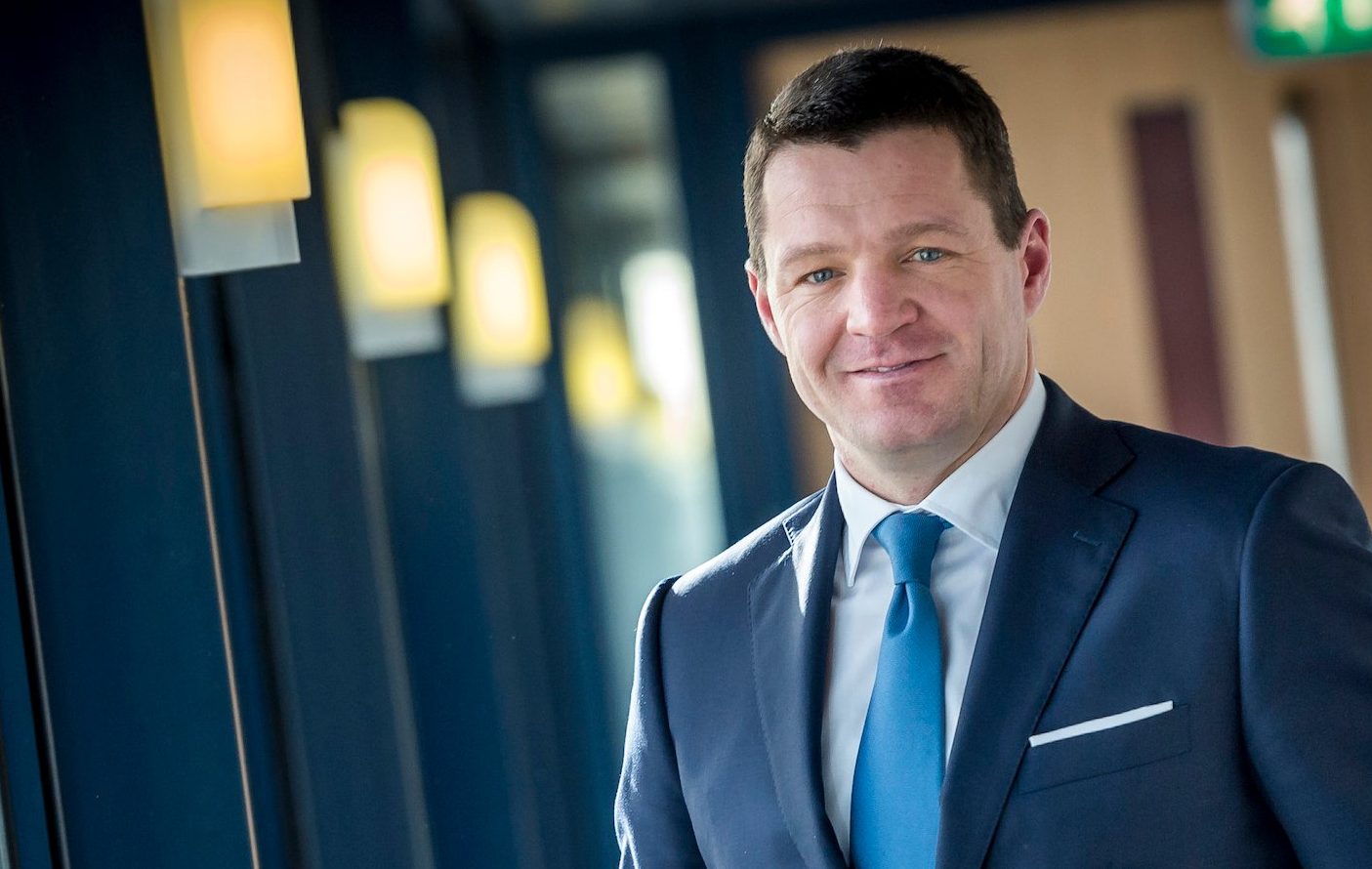At the start of the pandemic and through 2020 and much of 2021, industry observers predicted airlines without domestic markets — like Cathay Pacific Airways, Emirates, KLM, and Singapore Airlines — would struggle to regain their pre-pandemic markets, and that when travel demand returned, passengers would prefer to fly point-to-point. But KLM CEO Pieter Elbers, citing the airline’s recent successes, emphasized that the death knells were premature.
The Covid-19 pandemic was “obviously” the great challenge of his 30 years at KLM and eight as CEO, Elbers told Airline Weekly in an expansive interview as he wraps up his tenure at the airline before taking the helm of IndiGo. “We were at almost a complete standstill as an airline for a couple of weeks in April 2020,” he said. “It was the greatest challenge in KLM’s 102-year history.”
But it’s what KLM did in response to the crisis that Elbers credits with its success. “We kept our network largely in place,” he said. “There were certain specific city pairs where the only connection was through Amsterdam — for many city pairs we were the only airline, the only window to the world.” Some routes operated with a handful of passengers and the full hold of cargo. But aside from the cargo revenue, these flights served to keep KLM — and its Amsterdam hub — connected to is passengers, Elbers said. KLM has now restored between 80-90 percent of its pre-pandemic destinations, the most notable absences being cities in China and those affected by lengthier routes due to the closure of Russian airspace.
The airline also showed the enduring importance of the connecting hub model and proved the doomsayers wrong. “The first stage of the recovery in long-haul traffic was to be led through the hubs,” Elbers said. “Hubs by nature are a very efficient and effective way to combine city pairs, and that is precisely what we have seen, with some of the strongest hubs airports on both side of the Atlantic.” Point-to-point routes will have their place as a complement to connections over large hubs, he added.
While leisure traffic has led the recovery, Elbers believes business travel is also on its way back but in a different shape than it was before the pandemic. “I speak to frequent fliers, and they say they have come to realize that being on a plane every other week is not something they want to do,” he said. “But there’s a whole new generation that wants to fly. It’s their turn. I’m optimistic. Nothing beats face-to-face contact.” Some segments of the corporate market are likely to travel more than before the pandemic, and others less, with the final calculus yet to be determined, he added.
“People want to travel. I’ve always believed that the moment people could start to travel again, they would do so,” Elbers said. “The biggest challenge for us collectively as an industry — airlines and airports — is how to cope with the surge in demand.”
Elbers is optimistic that this summer will be strong for European airlines, but what the future holds for the industry is less clear. Further realignment may occur. “History has taught us that after every crisis, a new consolidation will take place, but maybe not immediately,” he said…



